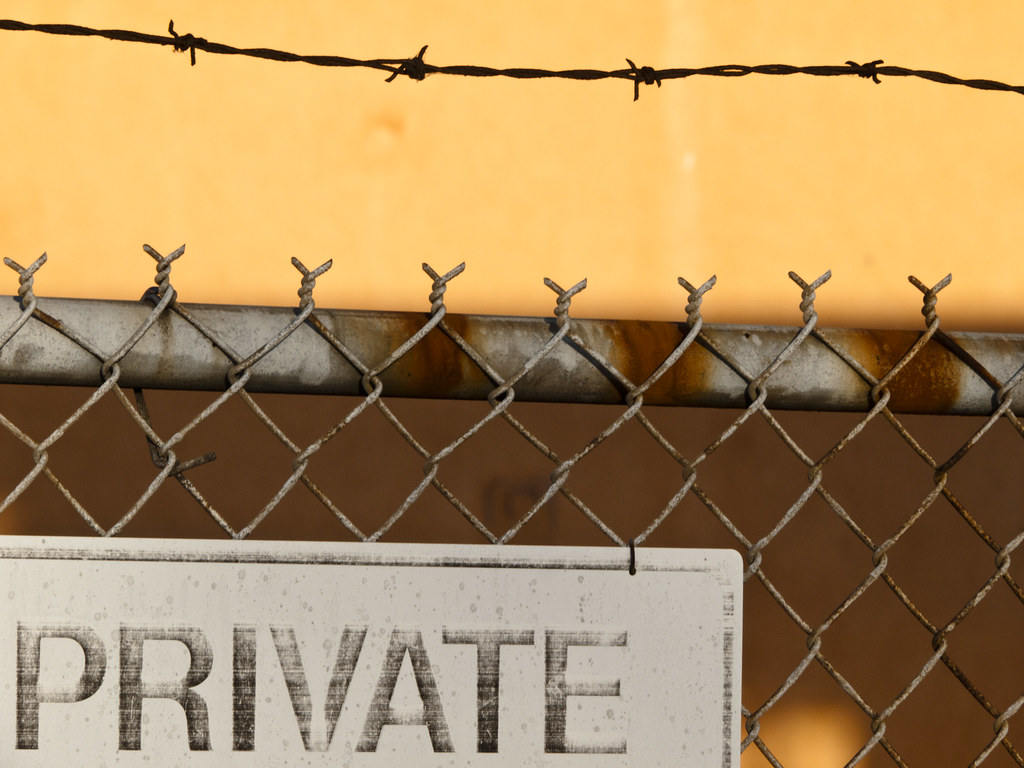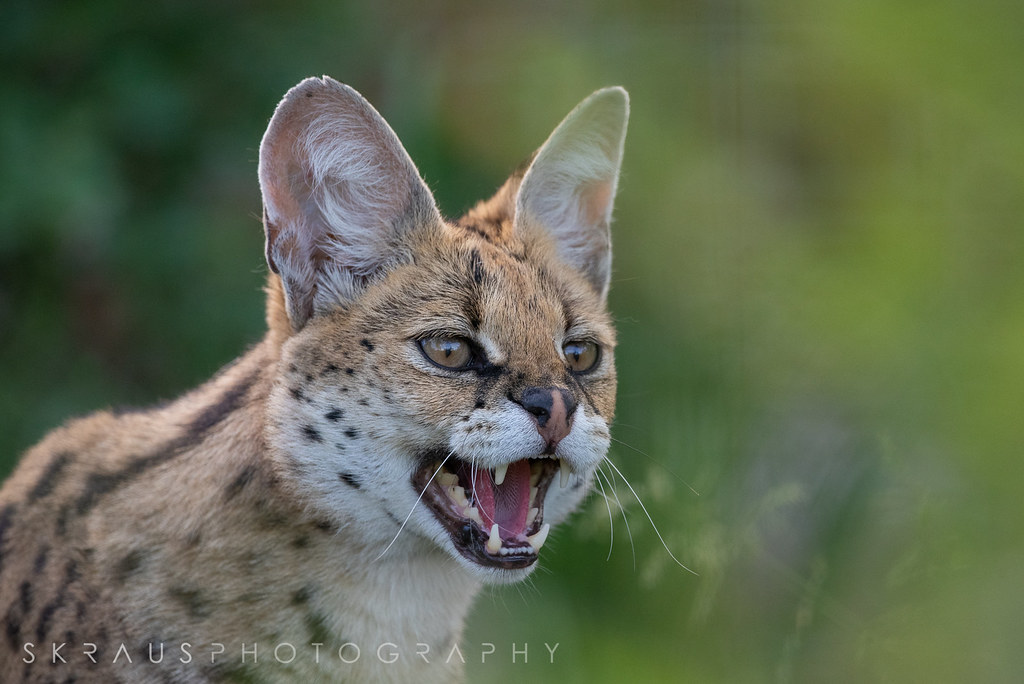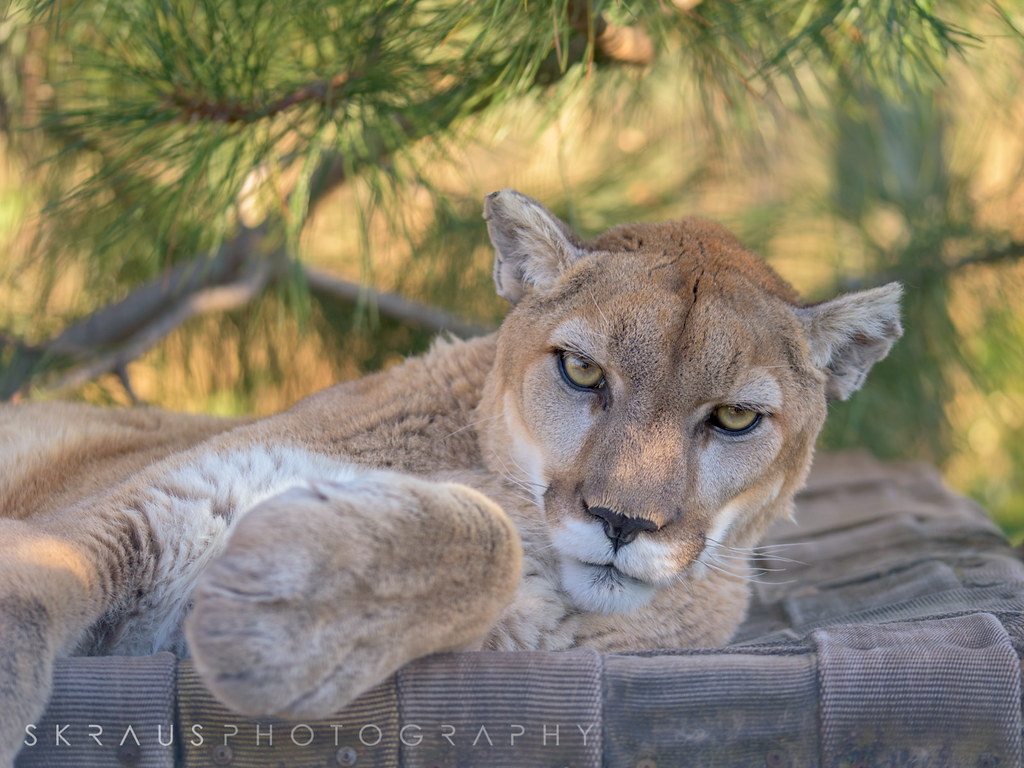As National Cat Day (October 29th in the United States) approached and we were curating a gallery featuring the felines of Flickr, we happened to be introduced to Stefanie Kraus. Stefanie has been a member of the Flickr community since 2005 and her profile is full of captivating photos of big cats – lions, tigers, leopards, and more. Stefanie is a product designer, photographer, and animal advocate and has been volunteering with animal sanctuaries since 2007.
Stefanie’s mission in documenting big cats is to get people to see these animals can “feel joy, fear, or pain just like we do.” Here’s more about Stefanie and how she approaches her work.
Stefanie, please tell us a bit about yourself.
I am a digital product designer, photographer, and animal advocate. I run my own design consultancy in the San Francisco, California Bay Area and work with animal sanctuaries and rescue organizations to raise awareness.
When did you start practicing photography and what got you into it?
Photography is something I always loved! Growing up in Germany during the ‘80s, I played with my dad’s Polaroid camera. Things got a bit more serious when I started art school. Back then, I was fascinated with textures. Urban decay, old farmhouses and factories, and the rust on metal were my preferred subjects. I think I always loved getting very close to things and seeing details that the naked eye could not grasp. Something that may look boring, or even ugly at first glance, became truly beautiful.
After I moved to the US, I got interested in macro photography of plants and had an exhibition at the Mendocino Art Center in 2008.
Can you tell us how you got involved with big cat sanctuaries? What drew you in to helping and advocating for big cats?
I like the quote “be the change you want to see in the world,” [so] I have been a volunteer and board member of local rescues since 2007. When I started looking into volunteering for big cats, I realized that what was advertised as volunteer opportunities abroad were actually places that allowed for canned hunting. Through online research, I also learned that there was a huge industry that bred, sold, and exploited big cats here in the US. I had no idea that owning tigers privately was even permitted. This was a turning point for me, and I wanted to use my skills and professional experience to help.
So, in 2013 I did a six-month internship at Big Cat Rescue in Florida. I lived on-site, gave educational tours to the public, helped with outreach, and took care of the animals. I also learned about the Global Federation of Accredited Sanctuaries, an organization that validates true sanctuaries.
Through GFAS, I found WildCat Ridge Sanctuary in Oregon. They are not open to the public. As a true sanctuary, they provide a forever “retirement” home for wild cats that have been exploited, abused, or privately owned. I went for a visit and was impressed by the care, love, and respect for the animals I saw. The founder loved my photos, and the rest is history.
I have been working on a website redesign, an online store, and I visit several times a year to take photos and videos. I am actually there right now, putting together our 2021 calendar.
WildCat Ridge is home to over 70 cats, all of them were rescued. As a true sanctuary, we don’t breed, sell, trade, or buy animals. In fact, we hope for a world where sanctuaries are not needed anymore. My presentation on the private ownership of big cats goes into more detail.
How did you discover your knack for photographing big cats? And what are you trying to accomplish with your work when it comes to documenting them and sharing that photography?
When I first heard about roadside zoos, pay-for-play schemes, or swimming with tiger cubs, I cried. Both Big Cat Rescue and WildCat Ridge have residents that came from such places. Their stories touched me deeply. I thought about how most people are not aware of this and assume that getting their photos taken with a tiger is ok. It’s not their fault, it’s just a lack of education on the issue.
At the same time, people love looking at beautiful, majestic animals. I realized that my photos can be used to inspire and educate the public. When it comes to advocacy, I believe in giving people the opportunity to come to their own conclusion. What could be better than showing the portrait of a beautiful cat and telling their story?
What is your favorite shot (of a big cat) that you’ve taken and why?
As a photographer for animal sanctuaries, my favorite cat is usually the one right in front of my lens. However, sometimes there is that very special connection. Something you can’t quite put your finger on. It feels deep and touching, it’s rare and special.
Kennewick was such a cat for me. He was clearly wild and strong. But there was also such wisdom and knowledge in his eyes.
One of my favorite moments was when I visited shortly after my domestic cat, Jojo, had passed away. I was grieving and felt lost. I sat down outside Kennewick’s enclosure. He walked right over and laid down on the other side, in the corner closest to me. I don’t know what was on his mind, and I don’t want to project. All I know is that I felt better and that my sadness was ok.
Kennewick was 24 years old when he left us. This is very old for a cougar. In the wild, they usually live up to 12 years. He left behind a huge hole, he will always be remembered with love and respect. Run wild and free, beautiful boy!
What’s the most difficult or surprising aspect of photographing big cats?
Something I didn’t expect is that some big cats can be afraid of the camera lens. This is different from the domestic cats I have photographed at the shelter. I usually lower my camera and only pull it up quickly to take a shot.
[Also], I generally use a long lens and make sure that there is enough distance between the bars and the cat. But cats tend to walk the perimeter of their territory, and that’s exactly at the edge of their enclosures.
What tips would you give to other photographers that are looking to share a message or raise awareness for a specific cause with their photography?
If possible, show your photos, share the facts, and let people come to their own conclusions. Try to meet them where they are and always remember that everyone is at a different stage in their life journey.
If you could communicate just one thing to people that are taking in your photography, what would that be?
Every animal can feel joy, fear, or pain just like we do. They are here for their own reasons, not for our pleasure or entertainment.




